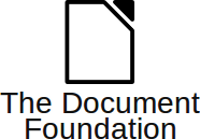Upcoming Open Source Webinars: BlackDuck, Linaro, Red Hat
JBoss Integration Webinar Series: Increase Returns on Existing Investments – a four part curriculum designed to deliver a practical understanding of how to reduce costs, streamline business processes, manage your data, and empower business analysts to realize the promise of SOA.
October 27, 2010, 9:00 am EST



Reply